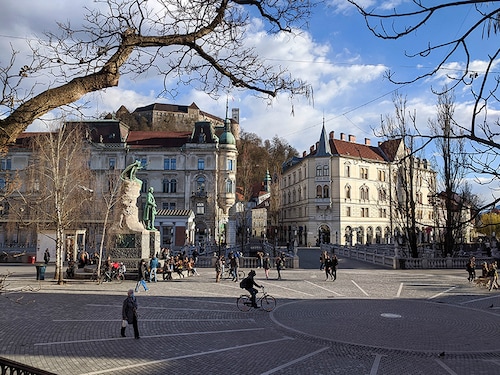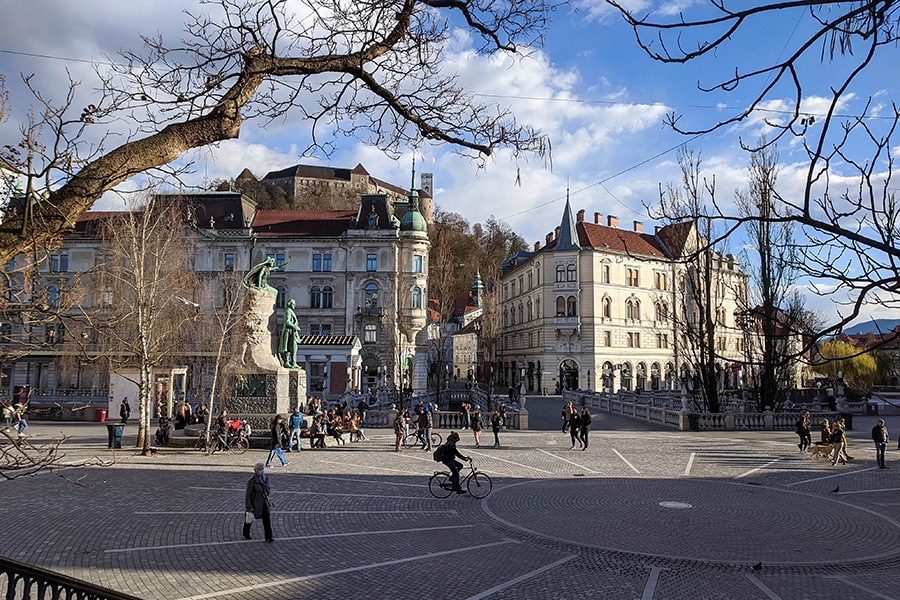Sustainable cities: Learning from Ljubljana's car-free zones
Since 2007, the Slovenian capital has been redesigning its city center so that certain areas are reserved exclusively for pedestrians and cyclists, with already visible results


 Image: Shutterstock
Image: Shutterstock
The sight of cars and public transport in some parts of central Ljubljana is now a thing of the past. The idea of a car-free city center in Ljubljana began to take shape in 2007, with the renovation of some of the city"s infrastructure on streets and squares with heavy tourist footfall. The aim was to give more space to pedestrians, with wider sidewalks and gradual closure to motorized vehicle traffic. Now, in these zones, only delivery vehicles are allowed, for a few hours in the morning.
Over time, Ljubljana has taken into account the needs of pedestrians and cyclists in developing this kind of car-free zone. To this end, these users can now move around the city more easily, including crossing the Ljubljanica River without having to make detours, with no less than 13 bridges renovated and adapted for these mobility modes.
The city"s policy has also revitalized the river banks and many trees have been planted in the vicinity. In addition, former car parking bays have been redeveloped into spaces for people to meet or for holding events—all initiatives that are widely supported by the local population. At the same time, numerous underground parking facilities have been built, particularly for the benefit of residents living in these car-free zones.
Today, pedestrians and cyclists can enjoy more than 12 hectares of space specially reserved for them in the city center, which has also led to a reduction in emissions and noise from traffic. In these areas, CO2 emissions have been reduced by 70%, while noise has dropped by an average 6 dB. In the surrounding streets, however, neither air quality nor noise intensity has decreased.
In the pedestrian area, residents and visitors can use a free "Kavalir" ("cavalier") service throughout the year, with a kind of electric golf cart with driver available for on-demand rides. The city also encourages people to use bicycles whenever possible, including through its own bike-share scheme.
First Published: Jul 08, 2021, 16:45
Subscribe Now